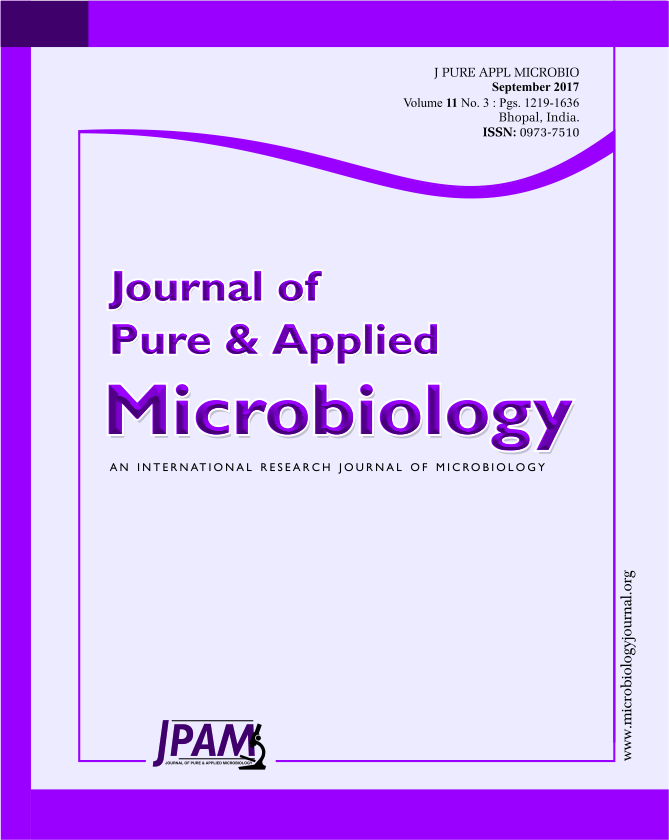Thirteen medicinal plants used in Thai traditional medicine for the treatment of inflammatory diseases were screened for in vitro antibacterial and antifungal activities. The agar disc diffusion method was employed against five strains of bacteria (Bacillus cereus, Staphylococcus aureus, Escherichia coli, Pseudomonas aeruginosa and Salmonella typhi) and four strains of fungi (Candida albicans, Candida tropicalis, Candida glabrata and Candida guilliermondii). The 13 plants were extracted with methanol and the antimicrobial results were evaluated as the diameter of the inhibition zone of microbial growth. The results showed that the extract with the greatest activity against the gram-positive bacteria was Garcinia mangostana (peri-carb). The extract with the greatest activity against the gram-negative bacteria was Psidium guajava (leaves). The extracts with the greatest activity against Candida was Psidium guajava (leaves) and Allium sativum (bulbs). The results support the ethnopharmacological uses of the tested plants, especially G. mangostana, P. guajava and A. sativum.
Antibacterial, Antifungal, Garcinia mangostana, Psidium guajava, Allium sativum.
© The Author(s) 2017. Open Access. This article is distributed under the terms of the Creative Commons Attribution 4.0 International License which permits unrestricted use, sharing, distribution, and reproduction in any medium, provided you give appropriate credit to the original author(s) and the source, provide a link to the Creative Commons license, and indicate if changes were made.


